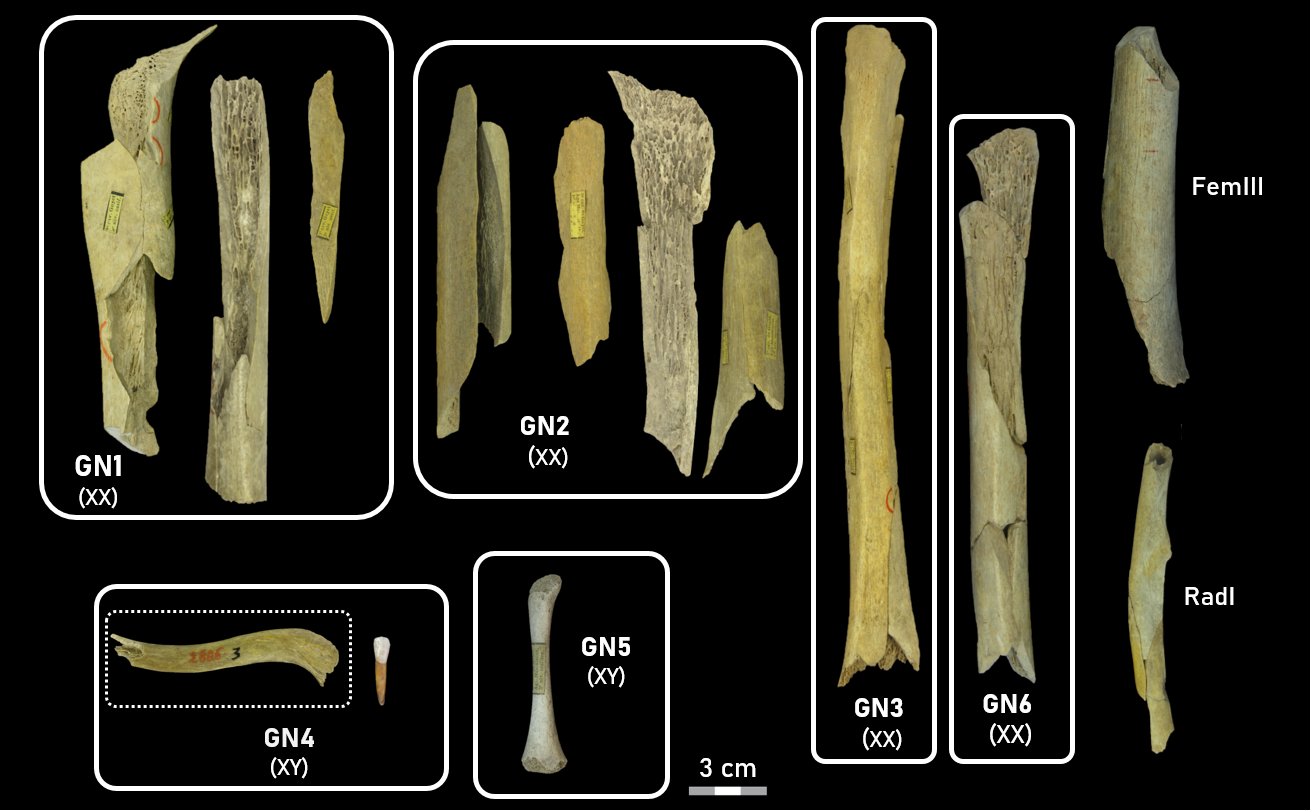Nowadays researchers and scholars of all ages and specialization find themselves struggling with mailboxes pestered with invitations to conferences, invitations to submit papers to journals, invitations to participate in the editorial board of journals, invitations to receive prizes for this or that reason; and of course, 99% of the origin of these invitations are individuals running fake conferences, scam, or predatory journals. Spam filters are not extremely good at distinguishing good and bad invitations, so if one wants to avoid discarding prestigious opportunities the only option is a painful manual screening.
The inexpensive medication pantoprazole prevents potentially serious stomach bleeding in critically ill patients and can save consumers and the government thousands of dollars.
The results of a new study show that when prescribed in hospital for mechanically ventilated patients in the intensive care unit, where patients are on life support and at high risk of upper gastrointestinal bleeding due to ulcers, the benefits are dramatic. So are the resulting savings, at a time when governments are struggling to contain costs during times of rising public criticism.
 Image: Storyblocks
Image: Storyblocks
Sports used to bridge a lot of cultural gaps. You could walk into any bar and ask what the score was and everyone was your friend, regardless of race, creed, or color.
Those days are gone, according to humanities scholars at coastal universities. Even elite athletes are shook by being around anything different from them, they write in
a new paper. The authors even suggest their work means business teams may want to group employees by political beliefs. Perhaps restaurants should consider having sections just for Democrats or Republicans.
The 10th congress of the USERN organization was held on November 8-10 in Campinas, Brazil. Some time has gone by, so it is due time for me to report on the event. I could not attend in person for a cause of force majeure, but I was connected via zoom, and I also delivered two recorded speeches plus one talk in one of the parallel "virtual session" that were run via zoom in the evenings (CET) after the in-person program of the day was over.
The Nobel committee dropped a bombshell in 2025 by handing its annual physics prize—often reserved for theoretical wizards—to a scrappy team of chip engineers. For showing that quantum mechanics isn’t just for blackboards and headline-grabbing paradoxes, but the heartbeat of the chip in your own hand. That’s right: the same theory that has tormented generations of undergrads is now expected to run your phone.
Sounds wild. But before anyone starts imagining quantum teleportation apps, there are two (uncomfortable) facts to remember:
1. Quantum weirdness isn’t some bonus feature—it’s mostly a headache in modern electronics.
2. Most “quantum breakthroughs” in tech are more marketing than miracle.
Despite big ambitions, most life sciences organizations are stuck navigating outdated systems that make collaboration harder and breakthroughs slower.
The result? Slowdowns, missed insights, and costly rework.
I am moving some baby steps in the direction of Reinforcement Learning (RL) these days. In machine learning, RL is a well-established and very promising avenue for the development of artificial intelligence, and the field is in rapid development. Unfortunately I have been left behind, as I never really needed to fiddle with those techniques for my research. Until recently.
Though vegetable oil is all the rage this year, we need to remember that food scaremongering is designed to pile onto previous hysteria, not replace it. The Endocrine Disruptor/PM2.5/5G conspiracy community, dominated by the left for decades, finally got one of their into a position that was important, rather than Guardian journalists or Natural Resources Defense Council attorney, and that means a whole new tranche of Evil Science must be lamented.
If being worried that food coloring caused your autism and telling strangers that beef tallow would've prevented it is not enough to keep you in full militant mode this Thanksgiving, here is a list of other foods that the International Agency for Risk on Cancer (IARC) has linked to cancer.
People who 'age' better don't share much in common at all about lifestyles like diet. Surveys are too unreliable and too many centenarians were only such because of inaccurate records or even fraud for valid epidemiology.
But what they do share in common is superior energy production in cells. Their mitochondria, the energy factories that take all our food (ultra-processed and organic certified foods are biologically the same, sorry activists) and convert it into a common energy currency, fire better.
A recent analysis of Neanderthal bones from the Troisième caverne of Goyet in Belgium, which has a whopping 101 skeletal remains, notes cannibalism was happening 45,000 years ago - women and children impacted most.
The consumed Neanderthals were not from the local tribe and the presence of bones from numerous other animals means they were likely to have been brought into the community just for food, like any other animal, rather than as part of some elaborate ritual.














